© Steve Cary, August 29, 2024
This month: Hira Walker’s fabulous videos; Anisha Sapkota’s highlights from chasing butterflies in eastern NM; Marc Bailey chases Colorado Hairstreaks in the Jemez Mountains; and Jim Von Loh makes art in the mud.
First, here are two courtship videos (R-rated at worst) courtesy of Hira Walker. The first involves Margined Whites. The male is very persistent. How does the female respond?
Now observe the Silvery Checkerspots below. Again the male is focused, persistent. How does female react?
Do you see any commonalities between the videos? She spreads her wings, constantly vibrates her wings, and lifts her abdomen. These are classic “sorry, dude, move along” signals. Successful pairing usually requires wings to be closed and abdomens to be side-by-side.
Thanks, Hira!
Our Nepali butterfly colleagues, Anisha Sapkota and Sajan KC, completed their MS degrees at Eastern New Mexico University earlier this year. They then moved on to pursue their PhDs at the McGuire Center for Lepidoptera and Biodiversity in Gainesville, Florida, one of the premier butterfly research institutions in the US and the world. Anisha wrapped up her New Mexico efforts in this publication: Beyond the Forest: Quantifying Species Richness and Abundance of Butterflies in Overlooked Great Plains of Central Eastern New Mexico, USA. Her title uses the term “overlooked Great Plains of Central Eastern New Mexico” because most New Mexico butterflyers (me included) seek out the mountains where we think we will find more interesting things.
Anisha makes a good case for putting more effort into studying butterflies out on our state’s eastern plains. Over the course of one very intensive year, she and Sajan investigated the country between Tucumcari and Carlsbad and produced more than 1500 butterfly observations, including 46 species in the Caprock Escarpment country and 65 species on the Llano Estacado. While living at ENMU, they spent many days scouring campus habitats for butterflies. To my eye, that meant a lot of mowed lawns and managed plantings – not what I would call ideal habitats, but what do I know? Remarkably, documented several species never before seen in Roosevelt County, including Western Tailed-blue, Mournful Duskywing, Carus Skipper, an Azure, Leda Ministreak and Satyr Comma. These results testify to their sharp eyes and relentless passion for butterflies.
Clearly there is something to the notion that cool butterflies can be found on our Eastern Plains. That region certainly is in the wide open path of northbound strays from western Texas and eastern Mexico during monsoon season. Many such wanderers find succor among the well-watered and manicured landscaping at ENMU, and the palette of species should vary to some degree from what is observed on the Arizona side of our state. As further evidence that ENMU and Portales could be a butterfly migrant trap, Anisha dug out of the ENMU Natural History Museum a specimen of Historis acheronta, a very large brushfooted butterfly which had been collected in Portales by N. Jorgensen on August 15, 1986. Going forward, let’s take Anisha’s findings to heart – let’s not neglect butterfly opportunities in that area of New Mexico!
- Sapkota, Anisha, Pollock, Darren A., Shrestha, Prabha, Sajan, K. C, and Cradock, Kenwyn R. et al. 2024. Beyond the Forest: Quantifying Species Richness and Abundance of Butterflies in Overlooked Great Plains of Central Eastern New Mexico, USA. Southwestern Entomologist 49(3): 1-39. URL: https://doi.org/10.3958/059.049.0311
- Sapkota, Anisha, Pollock, Darren A., Sajan, K C, and Cradock, Kenwyn. 2024. Historis acheronta, A New Mexico New Butterfly Record Hidden in a Cabinet of a Natural History Museum. Southwestern Entomologist 49(1): 518-519. URL: https://doi.org/10.3958/059.049.0142
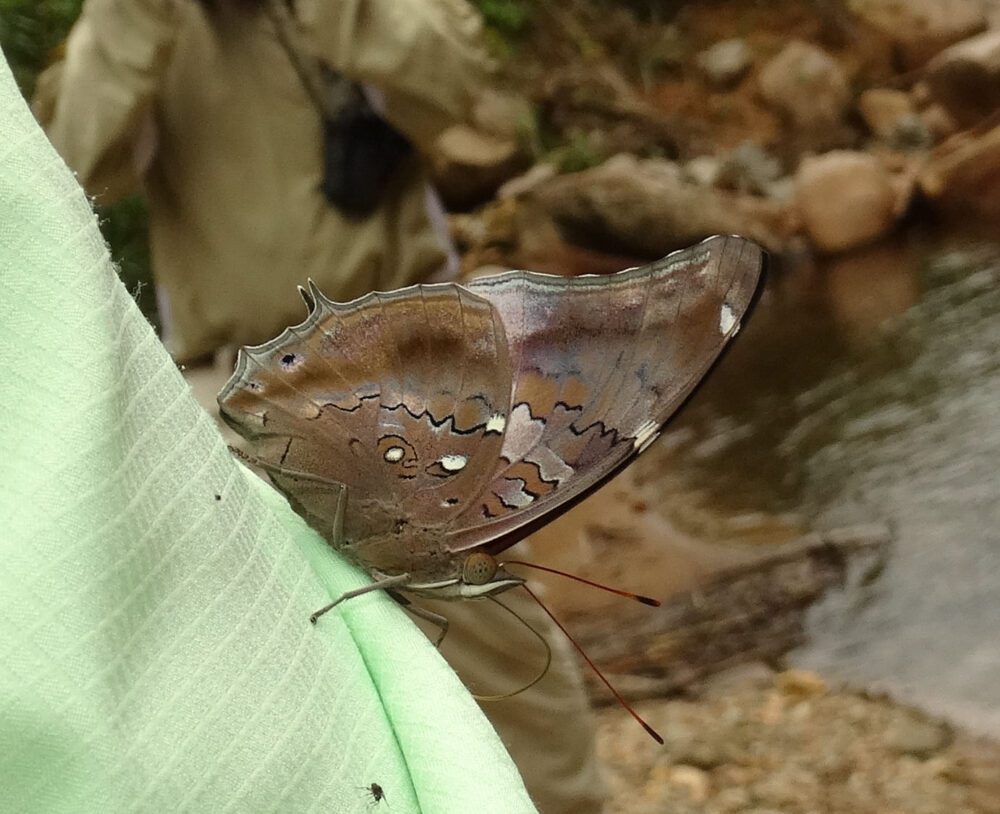
Marc Bailey Chasing Colorado Hairstreaks. Hi Steve! I hope you are doing well! I finally found some Colorado Hairstreaks and have a question about differentiating between males and females. Thanks to your tip about the early morning warm-up, I found several displaying their dorsal sides. The first pic below shows 3 together (8:25 am) high up in an oak bush, 2 with wings open. From what I have found online, not surprisingly, the males will be a little brighter on the dorsal side. The 2 in this first photo show a black squarish patch on the front margin of the dorsal FW allowing more of the purple to show. I’m thinking these are males (plus they are together?).
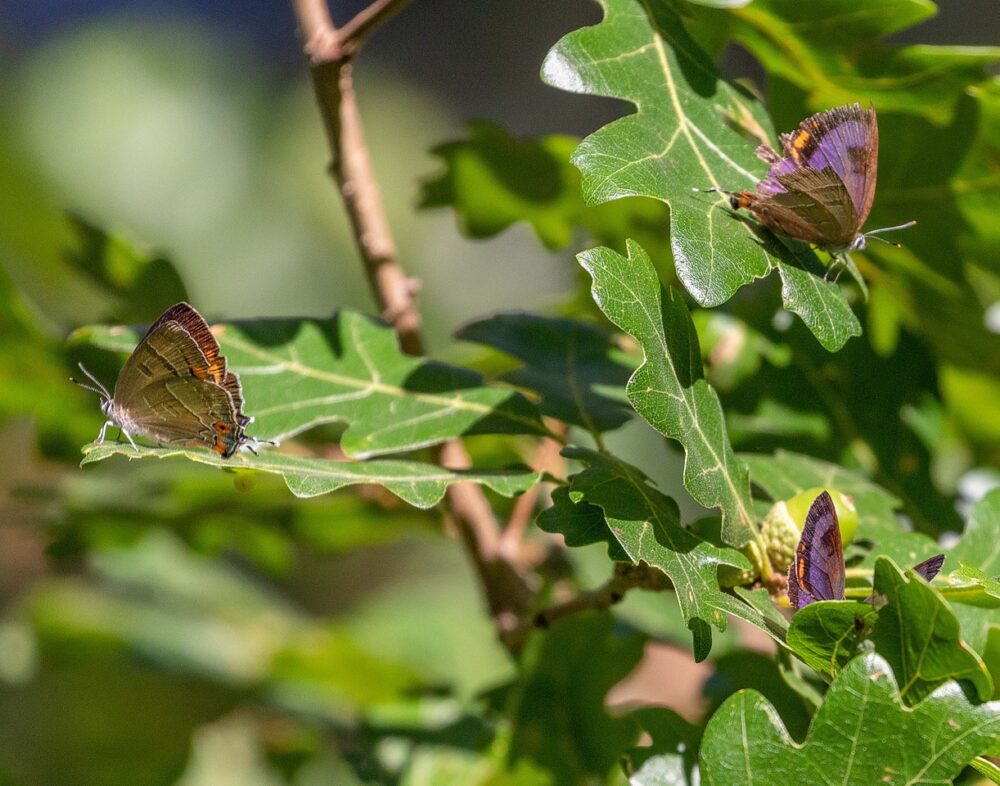
A little way down the trail I spotted one perched on a shady leaf in a head-high branch protruding out from the main oak bush. I kept an eye on that one while I searched for more. When I returned it had not moved at all but as the sun finally hit that branch It became active (9:40 am). As the sun hit its body, it opened its wings but as a cloud passed by it closed the wings. This went on for about 30 minutes – the butterfly changing positions or opening/closing its wings as the sun penetrated the understory or clouds went by. The pattern on the dorsal side of this one is different than the 2 in the first pic. The black “square” extends rearward to the edge of the FW. Resulting in an overall darker pattern. I am guessing this is a female (plus it was solitary?) Am I on the right track here?

I am also including a photo of very suspicious wing damage at the false head end of one individual!
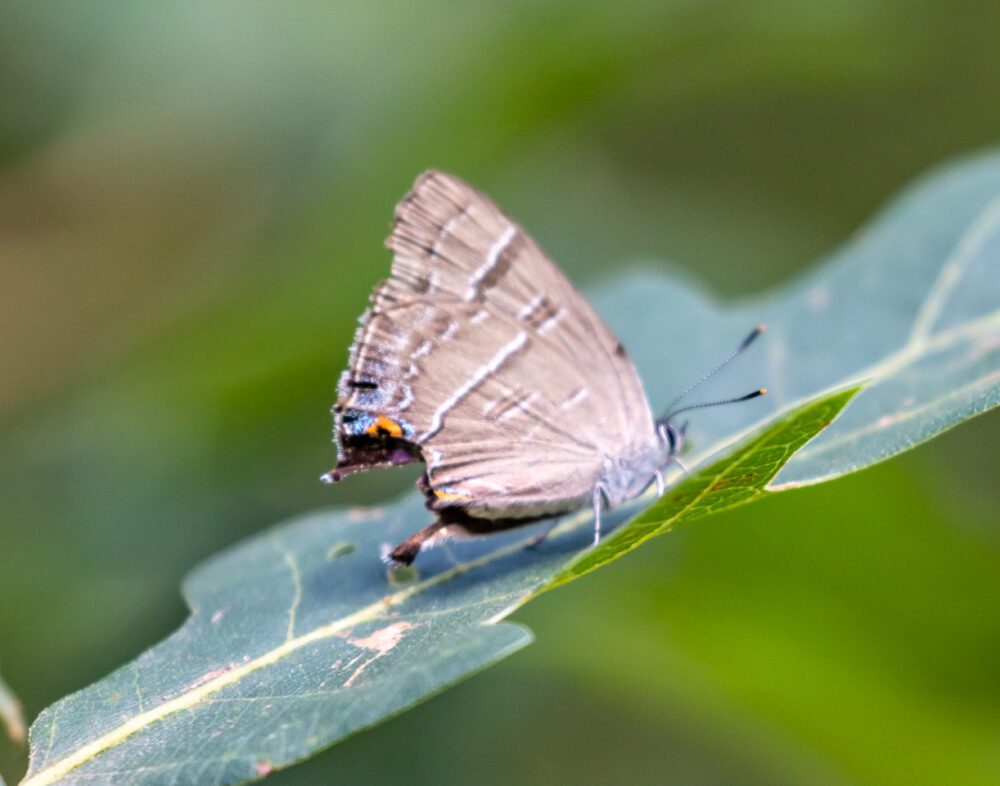
Marc, I can only agree to all you point out. Your final image showing a missing “false head” is a great reminder that many hairstreak species make their homes and their livings, at least the overnighting, basking and courtship parts, in trees. Living in trees makes them frequent targets of avian predators, many of which are insect eaters. Natural selection seems a likely driver of butterfly wing shape, wing markings (the aforementioned false head) and behaviors (i.e., the hairstreak shuffle) which motivate birds to make a grab for the back end of the wings, which are not essential. of course, they can only lose their “head” once!
From a Las Cruces Mudhole, Jim Von Loh sends his greetings and observations: “Hi everyone – a few images from nearby trails and from some small personal study sites – a secondary treat this dry year is the amazing number of wasp species, especially at sites with moist soil/water…
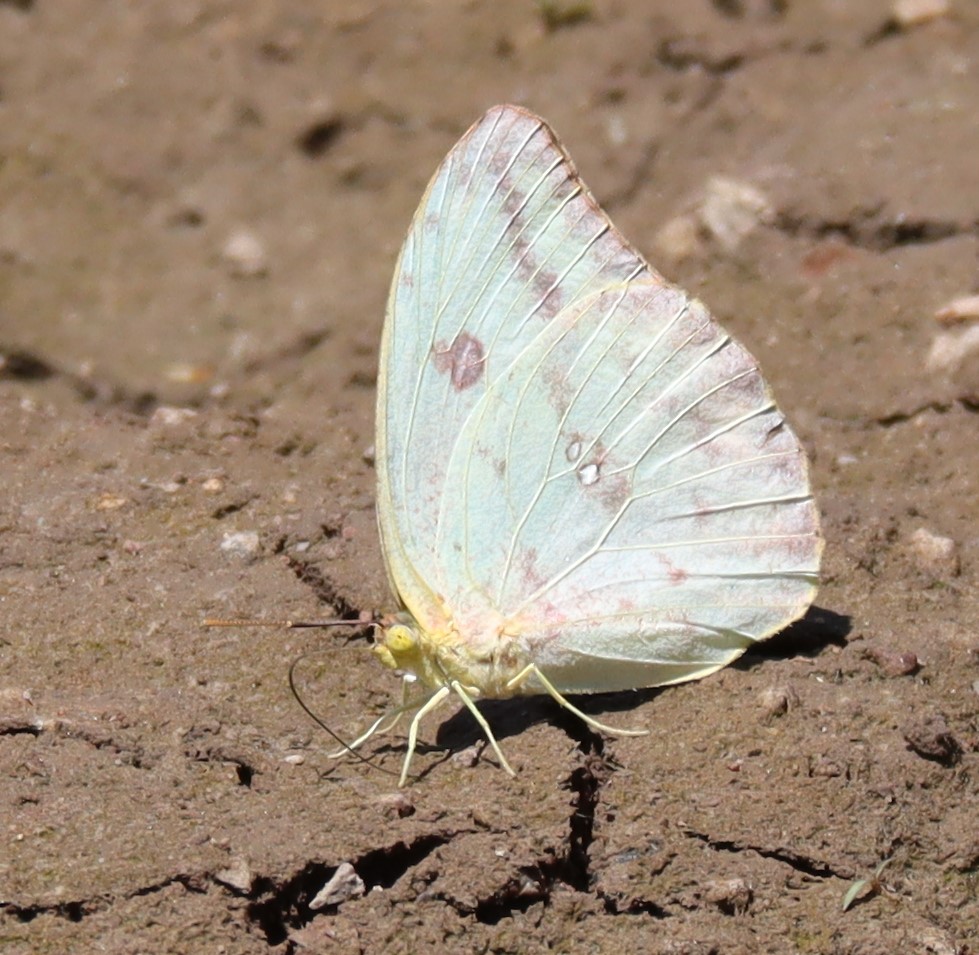
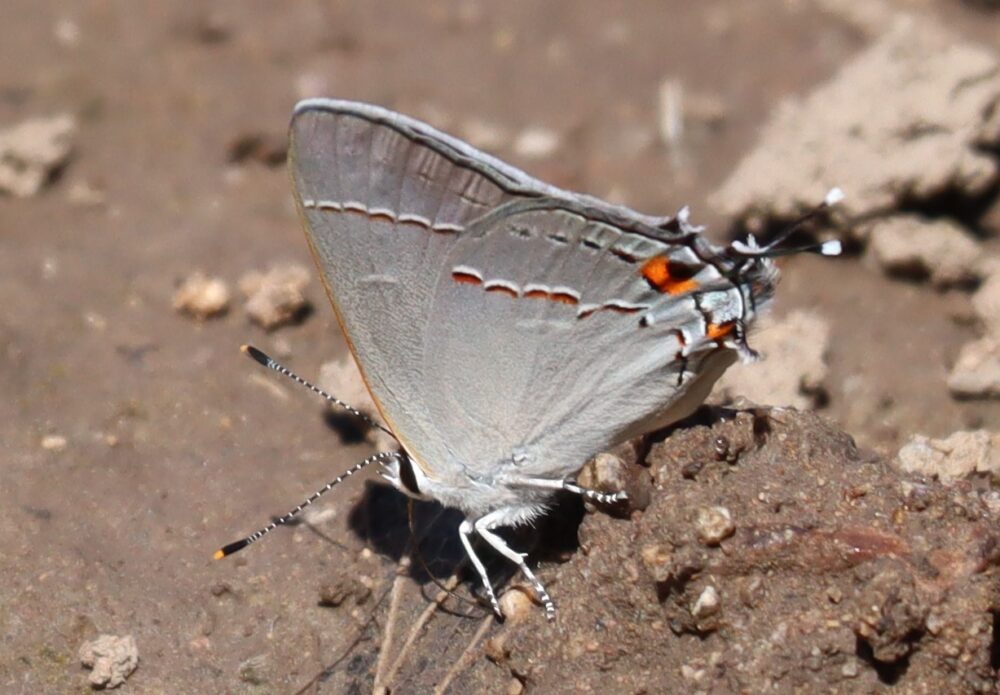
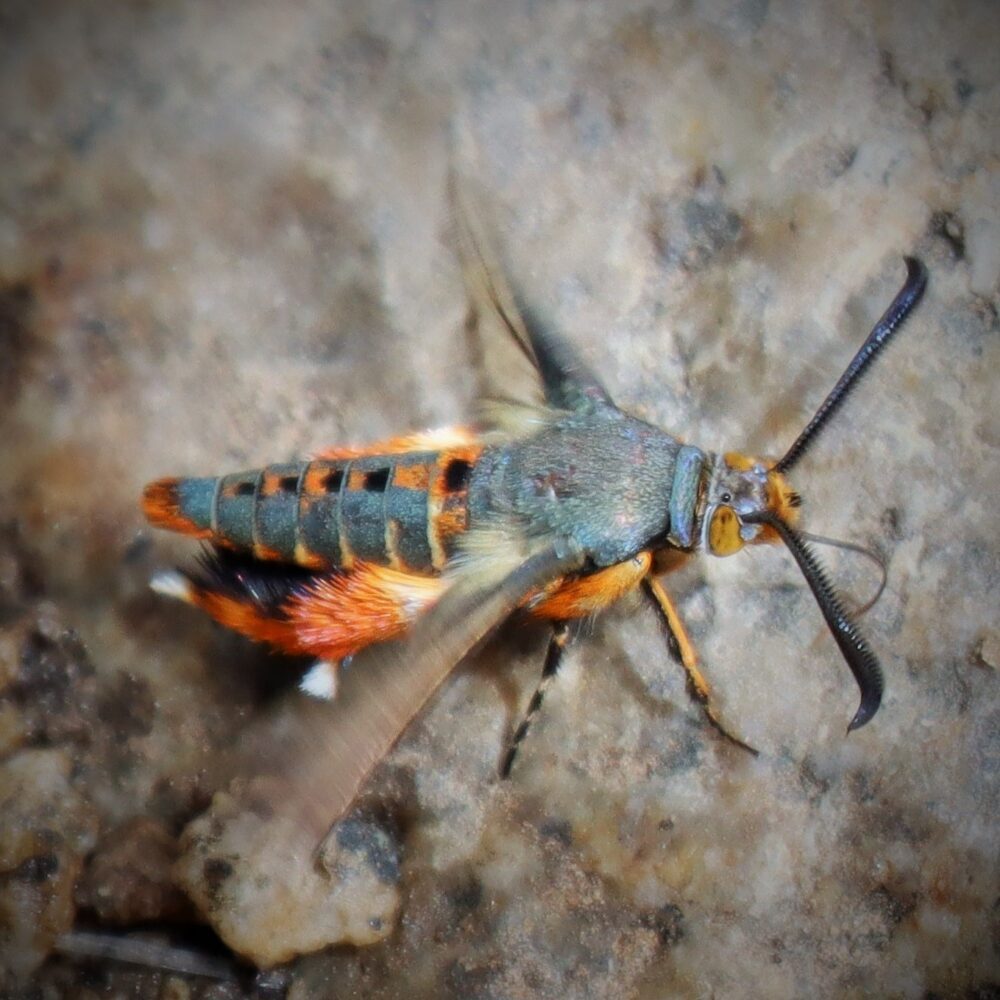
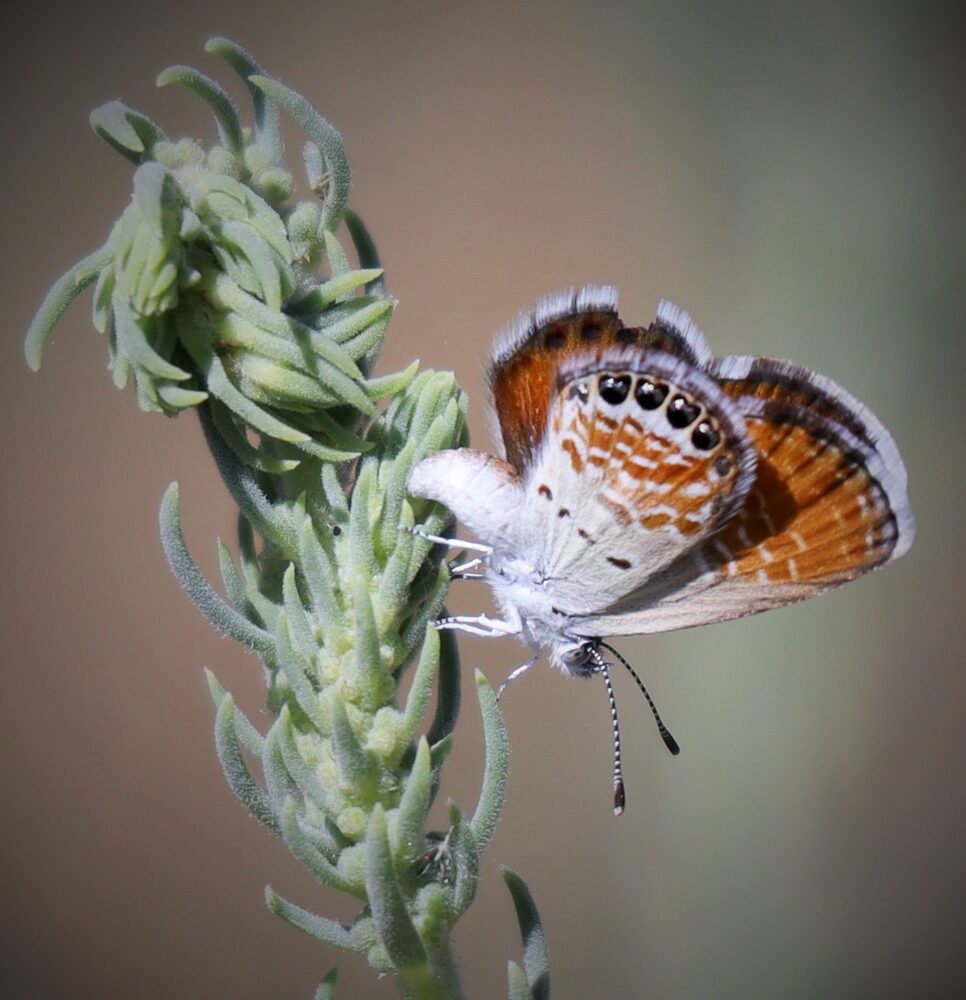
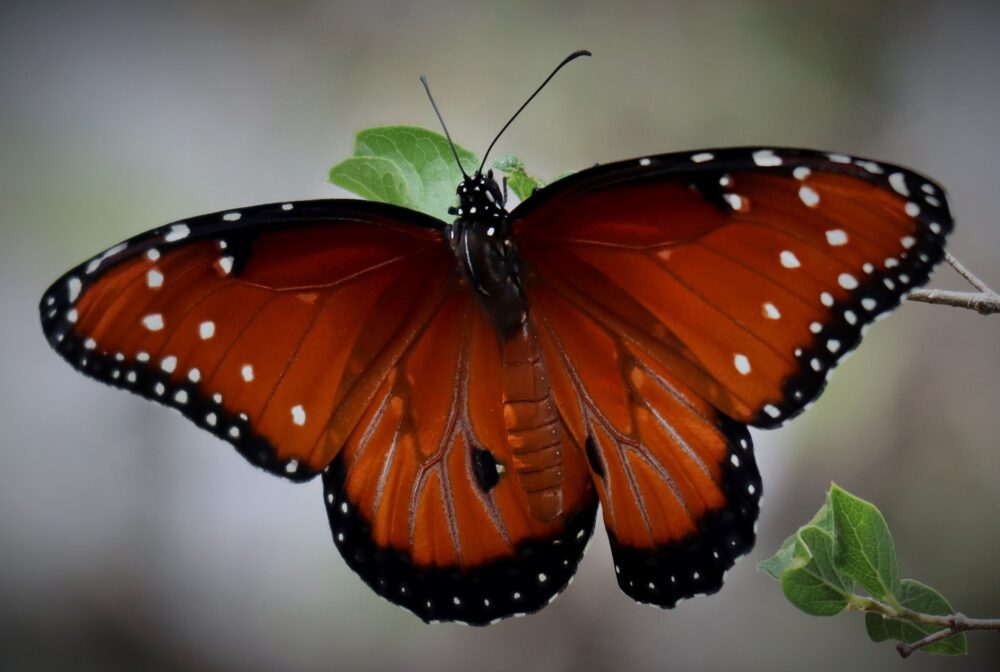
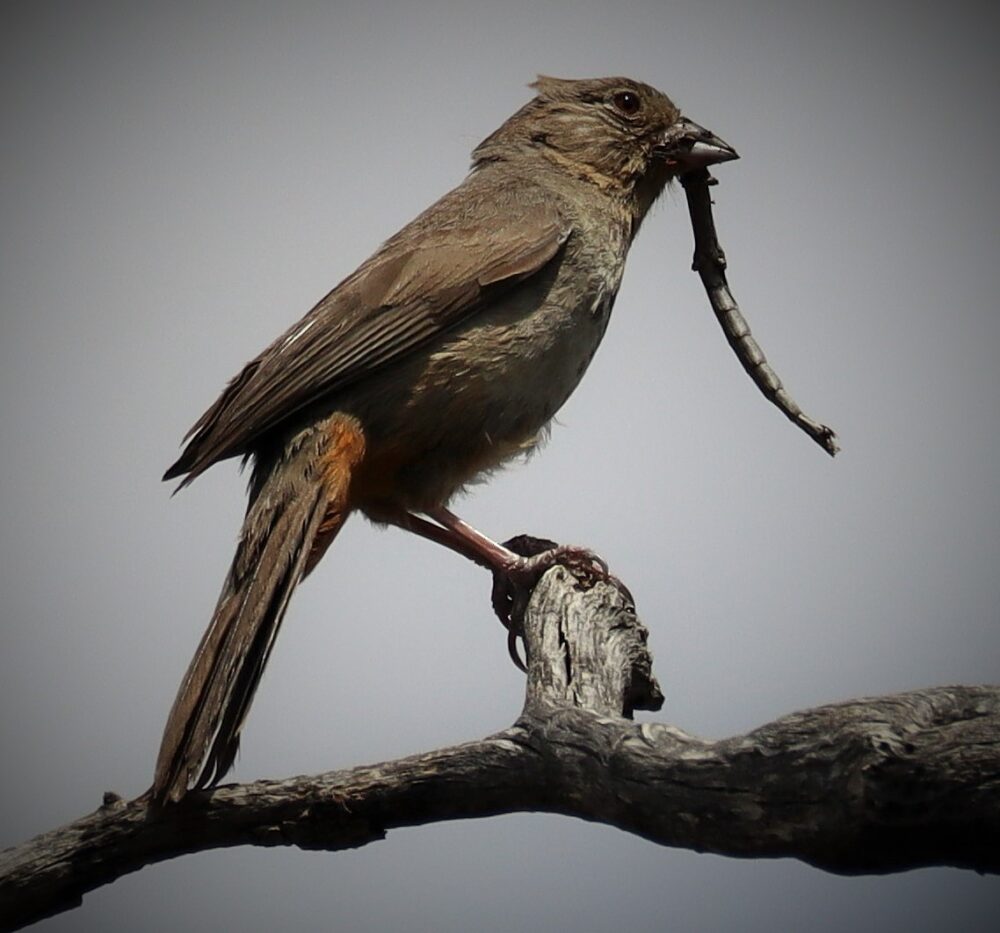
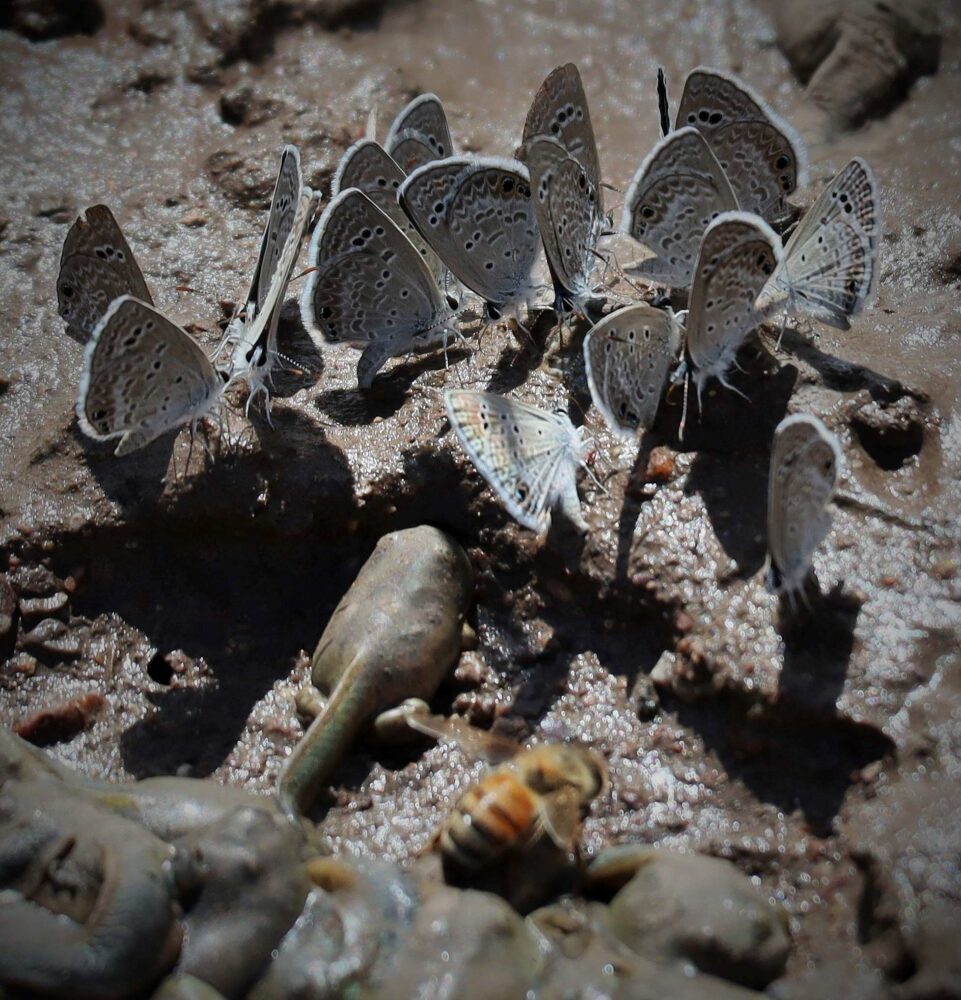
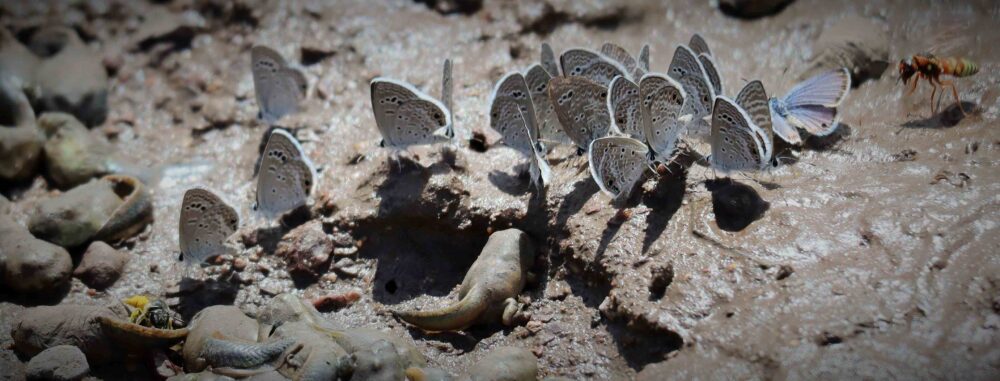
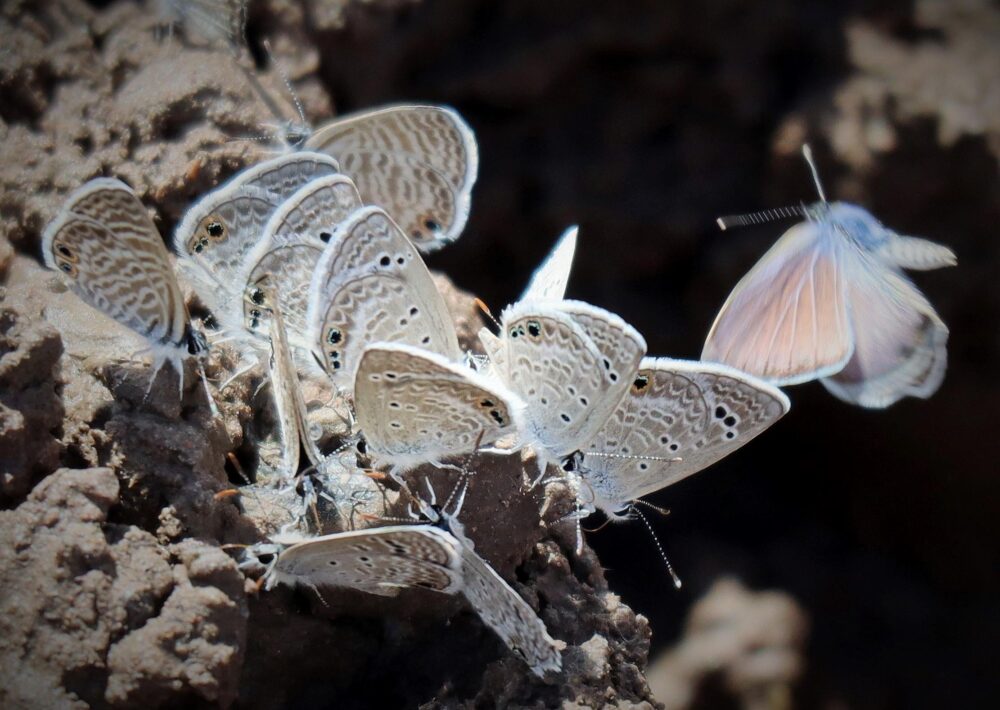
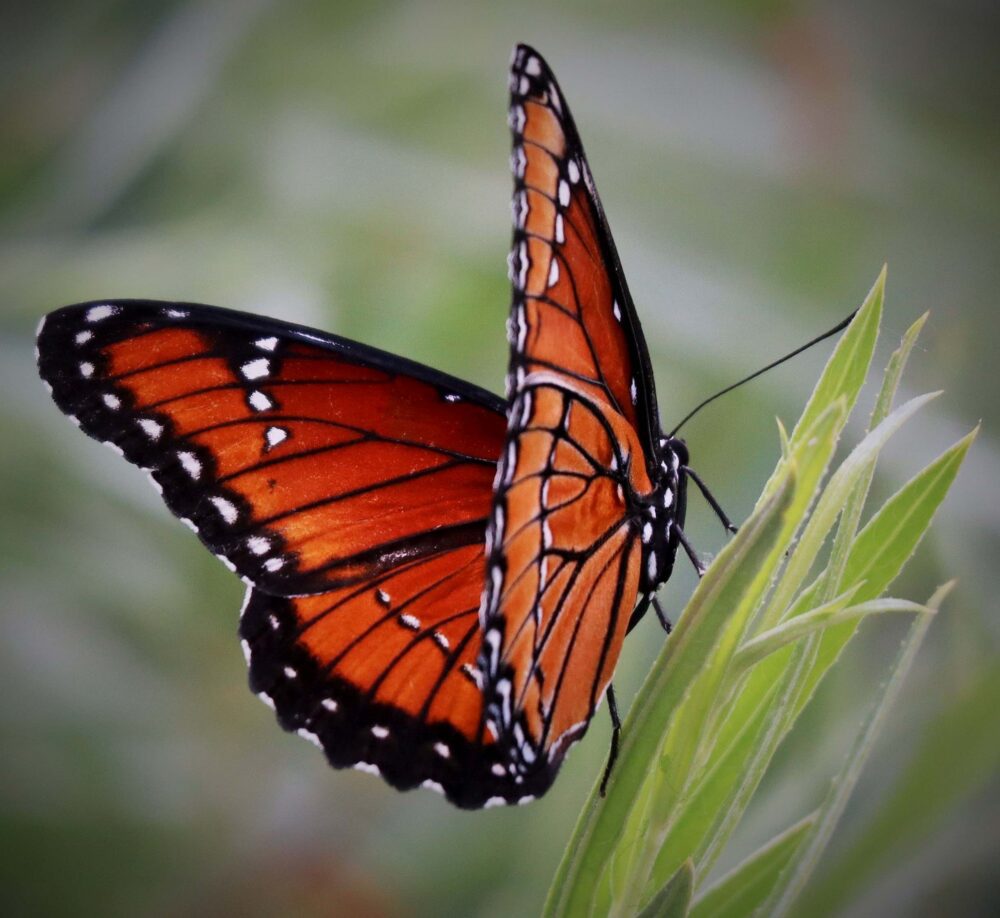
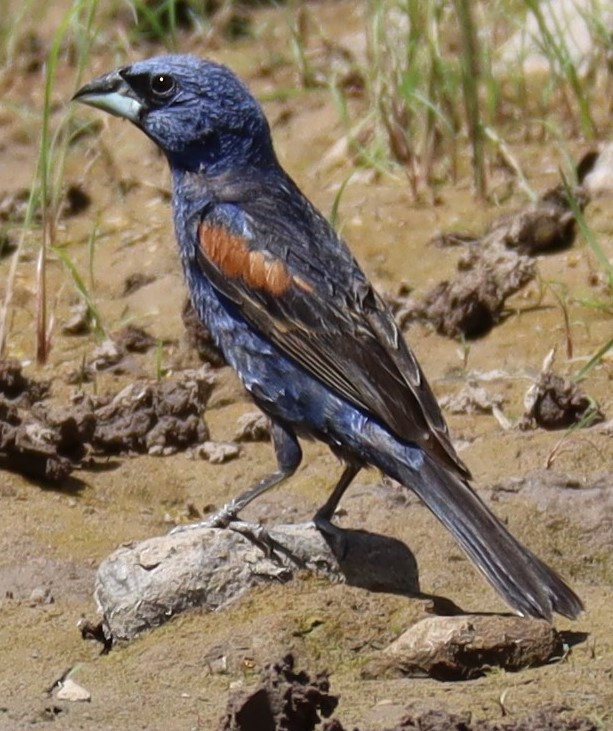
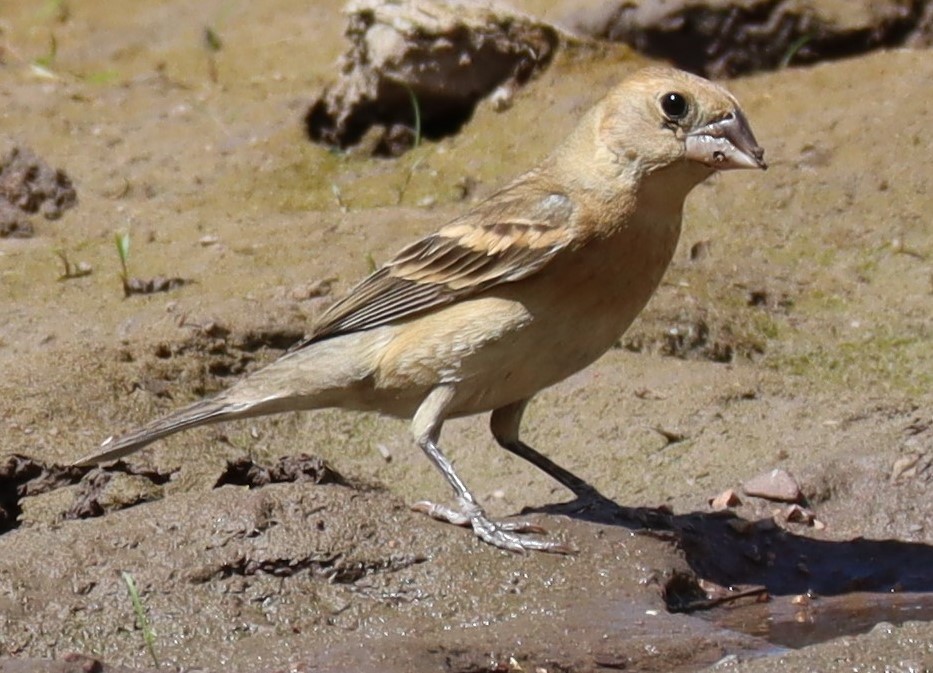
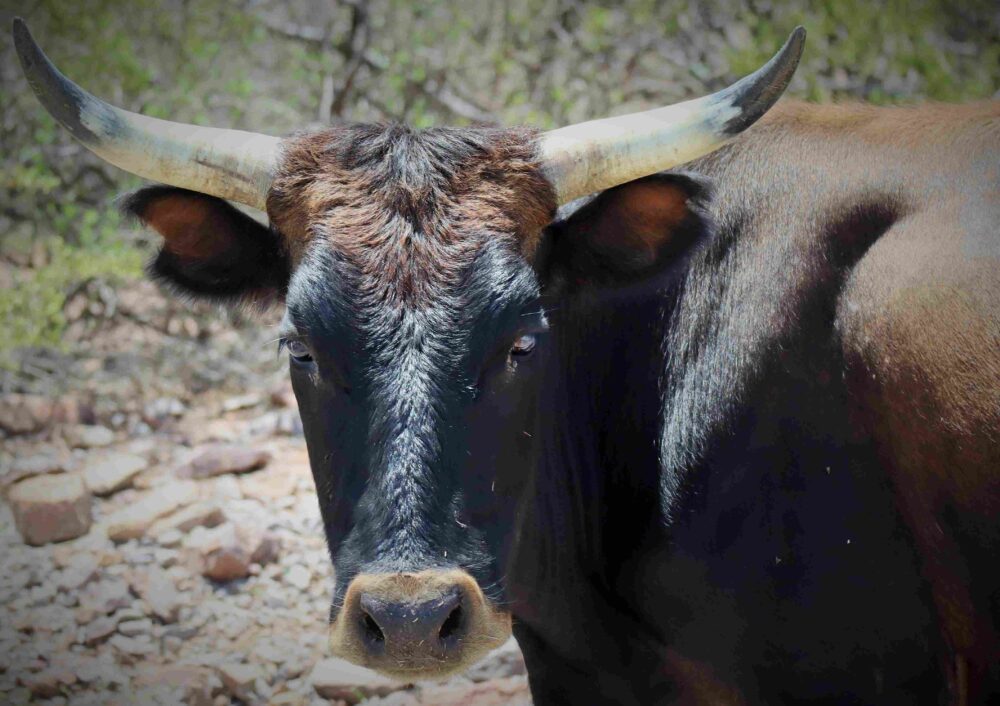
And that’s no BULL (well, perhaps it is). Thanks, Jim, for the enlightenment and entertainment!
Only two months to go before our Halloween Grotesque Butterfly Food Gallery! I might see a possible entry in Jim’s photo gallery above. Come October, I hope to receive some fun (i.e., disgusting, macabre, gross) entries from many of you. Send them to sjcary1@outlook.com. Happy hunting!
And please do check out Lisa Tannenbaum’s latest butterfly-filled post: https://everydaymagic.substack.com/?utm_campaign=pub&utm_medium=web
Last but not least, I will be taking a holiday from all of my routine butterfly duties during the month of September. I look forward to catching up with everyone at month’s end.

The tadpole, bee and butterflies. What an amazing compilation. Thanks for sharing.
All photos and videos amazing, but the Colorado Hairstreaks – I see why you hunt them!